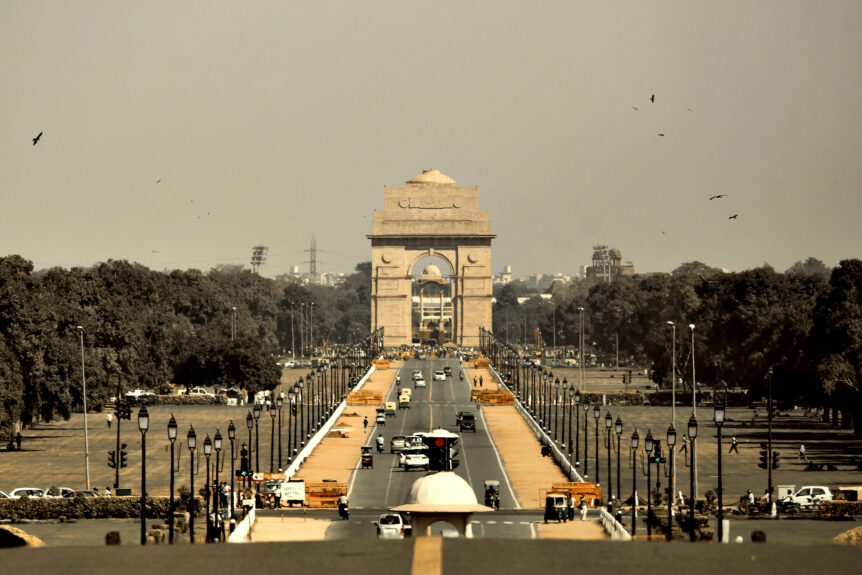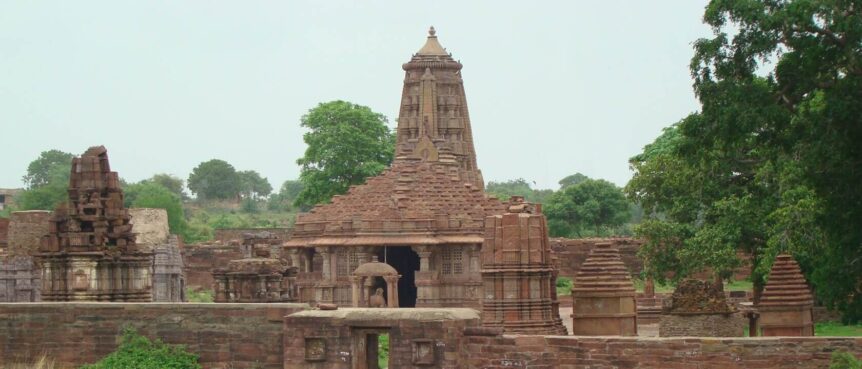Could you tell the readers of The Monthly a little bit about your early life?

I have always been an artist at heart. I am a dancer. Since my early childhood I have always been attracted to dance. I dance Freestyle rather than a traditional or classical style of dance.
I come from Delhi in India and it is quite a conservative society but despite that I was interested in western style dancing. This was quite a difficult path to take because it wasn’t accepted by my family and often I felt that my dancing was unseen and unheard.
In India there really wasn’t much opportunity, there wasn’t any support, for what I was interested in, with regards dancing. Where I was brought up, your family, and the society around you, wants you to be a doctor, a scientist, a lawyer or a teacher. I became a teacher qualifying with a Diploma in Elementary Education, working with children.
At the same time I was working as a dancer because I had developed my freestyle style of dance. During that time I also started to think about people who felt unseen and unheard. I felt that I had to stand up against injustice.
How do things develop from there?
After I finished my Diploma, I studied for a Bachelor’s Degree in English Literature and then I followed that with a Master’s in English Literature. During my Master’s I did a course called Folklore Literature. During that course I went on a field trip to Bhilwara and we got to learn about a particular form of painting. The tradition in that area is that once a painting is completed there is a performance produced relating to that painting.
Now, the artists who produced the painting were paid but the performers were not paid. That meant that the performers barely had enough money for basic necessities. They had to travel from village to village to perform the narrative from the paintings to get money.
There is a ritualised element to this practice and it is part of that area’s Folklore. The obvious problem is that these people, the performers in particular, need funding to continue what they are doing. And that was something which made me think about the situation regarding maintaining cultural traditions.
Did you develop an interest in Folklore after that experience?

In a way I did. I was so impressed by the performance and I told the artists and the performers how good I thought the whole presentation was. They were very happy with my thoughts but I felt that I needed to do something about that situation.
There is the difficulty of finding money for the continuation of these traditional activities. One of the other difficulties is that this particular practice doesn’t interest the young people. They have no interest in doing what their parents were doing so that cultural practise is in danger of disappearing. If the young people don’t want to maintain those traditional artistic activities then this would seem to me like a process of cultural extinction.
From there I did an elective course, Performance Studies, and I wanted to learn about different Folklore traditions, styles and cultures.
What did you learn?
There are a number of different situations regarding Folklore. Sometimes Folklore is very traditional and it doesn’t travel beyond the areas in which it is practised. It is also the case that within the Indian Diaspora Folklore culture, those traditional cultural practices, are being lost as people have to adapt to their new surroundings.
I started asking myself questions. How does it feel for people who are disconnected from their traditional cultural foundations? What happens to Folklore? Should these cultural traditions and practises be preserved?
I wrote a research paper on an Indian dancer, Kumari Suraj, who lives in Los Angeles and who was fusing traditional Indian dancing with different western styles. This was called Bollywaack and I wrote about that and about Kumari Suraj’s work representing the LGBT community.
While I think that fusion is a good thing, that it is good to have a blending of different styles and traditions, it does raise a number of questions particularly about the eradication of traditional practices and cultural activities. It is that erasure I wanted to investigate and understand and perhaps do something about.
To learn more about FolkDeep see the links below
